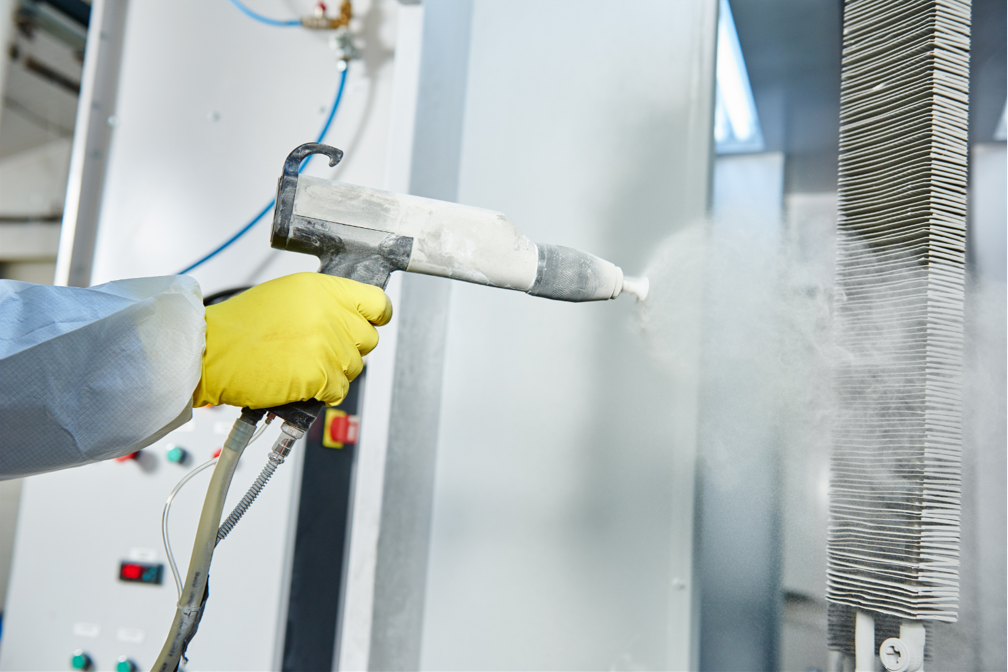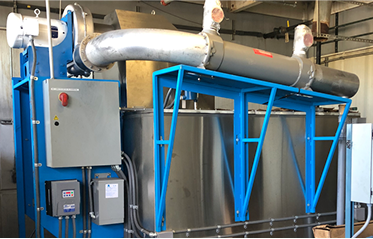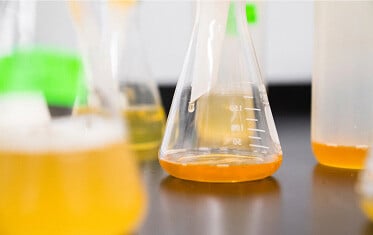
Industrial Oil/Water Separation
- Home
- »
- Products
- »
- Water & Wastewater Treatment Solution
- »
- Oil/Water Separation
What is an Oil/Water Separator?
An oil/water separator is a device designed to separate oil and other hydrocarbons from water to treat industrial wastewater or augment a wastewater treatment process. Separators are widely used in various industries, including oil and gas production, manufacturing, petrochemical manufacturing, wastewater treatment, and marine operations. The principle behind oil/water separators is based on the density difference between oil and water, which causes oil to float on the water's surface, allowing it to be removed more easily. There are other factors that go into designing an effective oil/water separator system such as oil droplet size, size of the separator tank, flow rate, etc.
For some industrial waste streams, an oil/water separator may provide sufficient treatment on its own to reuse or discharge the treated water. In many cases though, an oil/water separator is used as an important pre-treatment step upstream of a membrane system, evaporator, or other wastewater treatment technology.
What different types of Oil/Water Separators exist?
There are several types of oil/water separators, each with its specific design and application. Consult with an experienced applications engineer to ensure that you are selecting an appropriate oil/water separation technology for your waste stream. Sometimes simple is better, other times a more sophisticated system is required to effectively treat your waste stream.

-
Gravity Separators: These utilize the natural buoyancy of oil, which causes it to rise to the surface of the water where it can be skimmed off. They are simple in design and operation, making them suitable for a variety of applications.
-
Coalescing Plate Separators: These are designed with a series of plates that increase the effective surface area for oil droplets to coalesce (combine) and rise to the surface. This style system is more efficient than basic gravity separators and can remove smaller oil droplets.
-
Hydrocyclone Separators: These use a centrifugal force generated by a spinning motion to separate the oil and water. The centrifugal force pushes the higher density water outward to the hydrocyclone's wall, allowing the lower density oil to move towards the center for removal.
-
Other Technologies for Oil/Water Separation: Dissolved air flotation (DAF) systems and membrane systems such as Ultrafiltration are also commonly used for oil-water separation.
Typical Industrial Wastewater Applications for Oil/Water Separation:
- Metal working wastewater reclamation
- Cannabis cultivation fertigation wastewater reuse
- Surface finishing wastewater reclamation
- Plastics manufacturing wastewater
- Chemical manufacturing wastewater
- Pharmaceutical wastewater
- Food & Beverage wastewater reuse
- Salt brines

Full Range of Upgrades, Accessories and Services to Unlock Your Evaporator’s Full Potential

ENCON offers a full range of upgrades, accessories and services to minimize labor and maximize return on investment.
Recover your wastewater as clean condensate with our condenser package!
Work with our consultative Sales Engineers to spec a turn-key system.
Utilize our air permitting / permit-exemption services.
Automate with auto-dump or auto-oil-decant.
Free Application Feasibility Report
The centerpiece of our consultative approach is our complimentary bench scale analysis of your waste or process stream. This free analysis determines:
- How appropriate the stream is for evaporation
- Estimated reduction percentage
- Recommended materials of construction
- Recommended operating procedures.

Why Choose ENCON?
Superior Service & Support – We provide industry-leading technical support, ensuring customers receive prompt and knowledgeable assistance.
Consultative Sales Approach – Our expert sales engineers guide you through the process, including a detailed boil analysis of your waste stream to tailor the perfect evaporator solution.
Proven Industry Experience – With over 2,000 installations worldwide, ENCON evaporators are trusted by some of the largest companies, including 3M, GM, Ford, and Caterpillar, for their reliability and performance.
Wide Range of Heat Source Options – The most extensive selection of heat sources in the industry, ensuring the most cost-effective solution for any application.
Largest Thermal Evaporators in the Market – Designed to handle the most demanding industrial needs, with larger capacities than competitors. Proudly designed and manufactured in the USA.
Unmatched Reliability & Performance – ENCON evaporators are built for longevity, offering superior technical advantages and reliability over competitors.